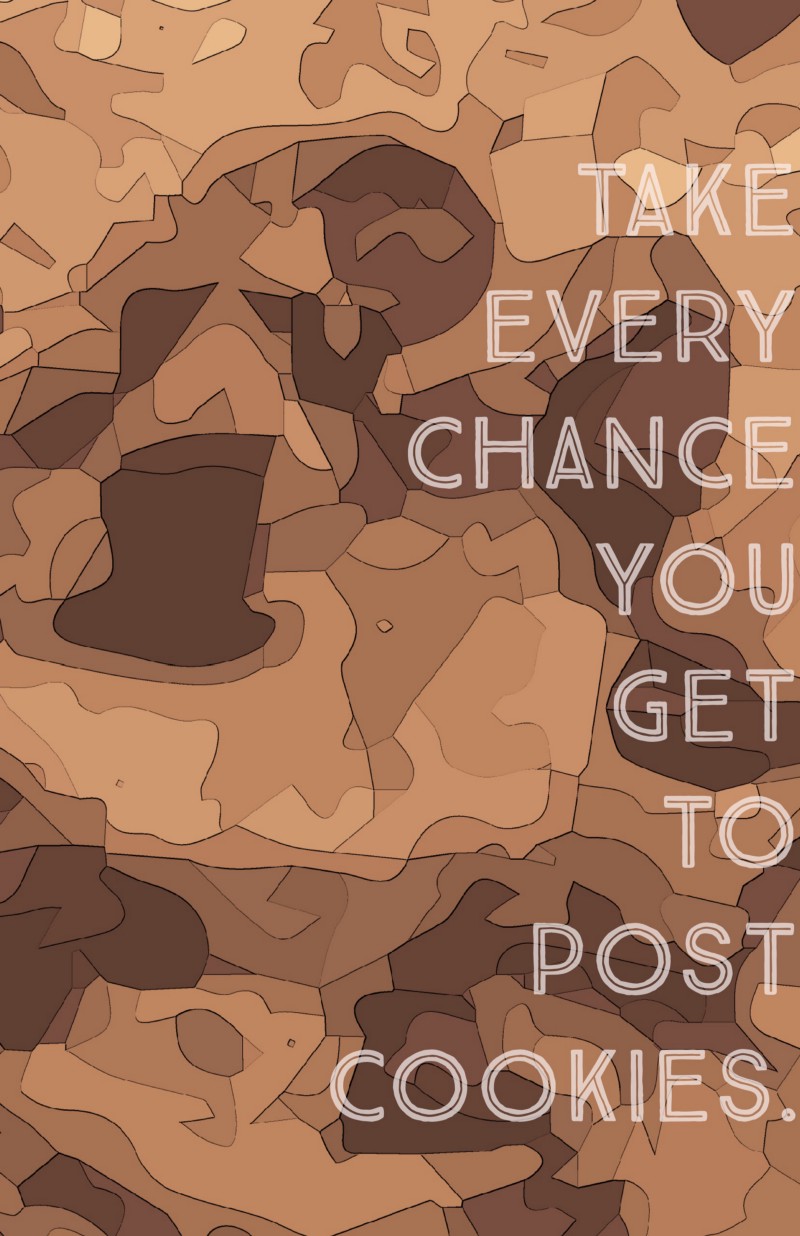
Even This Looks Better Than My Versioning Flow. I really need a better versioning best practice.
The system we use now can be best characterized as an artistic interpretation of Google Drive. It’s a mess of columns, files and rows. It’s held together with bailing wire. It’s held together with willpower.

In short, it’s a mess.
But it’s my mess, and I daresay I’ve even grown fond of the time I’ve spent revisiting old work and cleaning up headers.
I was doing just that a few nights ago and stumbled into something that reminded me of a story I haven’t told many people before.
It was 2013 and I was working with an enthusiastic small team to validate a market opportunity many well-reasoned investors would have considered “overly niche.”

They were looking for a cross section of student that didn’t really have any unique media consumption habits.
Like any good marketer, I took a step back and looked at what information I knew that I did have.
I knew a lot about the types of people who bought their product. I knew their favorite TV show (Grey’s Anatomy,) I knew their favorite shoe (those foam flip-flops you get at the dollar store.) I even knew their favorite cookie (chocolate chip, obviously.)

What I didn’t know, was how I could help this team reach their audience. There just weren’t the resources to target their ads to every person who liked those three things. Lots of people like those three things! I like those three things!
Competitors in their space had resorted to an all-out ground based strategy.

Each competitor would set up a booth at each campus at each school each semester. Their field representatives would speak not only to the students, but the parents. It didn’t matter that we had better content. It didn’t matter that our option was cheaper and easier to use.
Once they had succeeded in convincing the parents of a new college student to buy something, that college student was getting that thing.

In the face of those kinds of odds, mounting the resources necessary to compete 1:1 seemed very unlikely — but targeting each person who could possibly be in the universe wasn’t going to get the job done, either.
I decided that if I could find a way to narrow the number of people we were looking at online in the first place, I’d have a much easier time measuring what I needed to get the team’s message in front of the right people.
At the time Facebook had just launched location based targeting. You could target by city, country or zip code.
Targeting each city wouldn’t work because I’d have the same problem I had before. I didn’t know enough about the people who might find the product valuable to figure out how to reach them.

Something occurred to me.
Facebook wasn’t offering a bulk import feature at the time, so if you wanted to do anything except for target cities, you were going to have to manually identify and upload zip codes one a time.
That’s just the kind of crazy scrappy super inefficient thing a small team can do that a big entrenched player won’t even dream about doing. It was exactly what I was looking for.
So I and a fellow contractor pitched a special project. We started assembling a list of the zip codes of campus housing around schools where we might find the students we were looking for.

The Real Winner? Publically Available Data That’s Collected By Experts I could tell you the story of the time I spent out of my own pocket putting each one of these codes in — a job I really should have subcontracted — but that’s not what this post is about.
When I added in a bit of real world data — data I knew was better than the data the media platform I was buying on was giving me, I didn’t have to worry about an overly niche market anymore.
I didn’t have to worry, because by combining these two sources of information I had a better definition of what the market really was.

It’s easy to think that because information that has historically been used to put people into boxes exists, the question is about whether or not you should use it. I think that because of this, many young teams try to avoid using the information they have at their fingertips because they’re worried about becoming out of touch — just like their competition.
Metrics like these aren’t why your competitors are out of touch. Metrics like these are why your competitors can still do business despite being so out of touch.

Having a better understanding of who your ideal customer is than your competitors do changes the way you think about the people who buy your product. Paying attention to these indicators gives you a language to plan around what your customers tell you they need — not what you think they want.
That’s why it’s so important that you learn not to be overwhelmed when you stumble into some information that makes you rethink your marketing strategy. When you see that only 2⁄100 of your email list sign ups follow on you on Twitter, when you learn that your Snapchat universe is reaching 2,000 people you don’t have any information on, when you wonder if buying an ad on a new podcast is the right idea…these are the times when you should be excited.
These are times when you should look for answers from unconventional sources. These are the times when you should consider unconventional applications of conventional sources. These are the times where it matters that you try your best — because you only stumble into these problems when you’re actually doing something that no one has ever done before.

Twitter
Facebook
Reddit
LinkedIn
StumbleUpon
Pinterest
Email